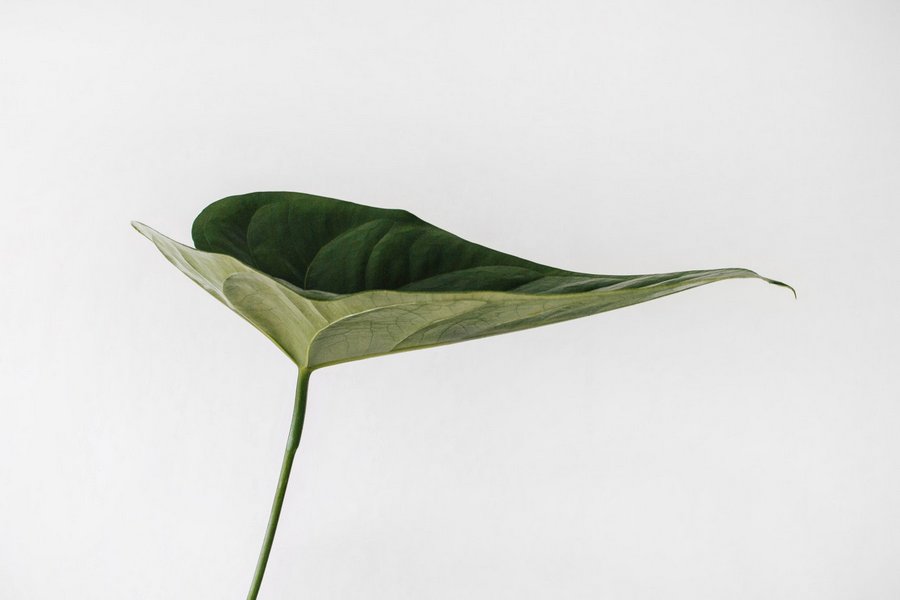Still life in modern contexts
The still life is a structure of Westernised art that has existed through millennia, from ancient times through to the modern day. It existed as a structure in ancient Greece and Rome with Xenia painting, throughout Renaissance periods, and forming its own genres in the 17th Century with Dutchtechnical still lifes, Vanitas and Memento Mori. Still life painting has forever been an under esteemed, yet pervasive element throughout many centuries of painting (Saisselin, 1976), with its inability to “invoke the action” of grand History painting.

For the millennia that still lifes have been used, the handling of them has mostly fallen into one of two categories. The most enduring is the symbolic still life, which Saisselin describes as the “image as language” view of art, where the objects could be read as metaphors. Throughout the Renaissance, lavish displays of food in fine vessels were used to signify wealth, advertise the social standing of the owner, and celebrate the seasons.

This evolved later on, with Vanitas and Memento Mori painters, where the objects were symbols of morality and mortality, and like the earlier paintings could be read on a purely semantic basis. Then, with modernism, artists began the most dramatic reinvention still life has seen and adapting it as the static clothes horse, on which to hang their post-impressionist and cubist experiments. Artists such as Cézanne, who used the convention of the still life to work out his abstract intentions in a figurative form, used the still life as a “prose surface” to structure his poetic intentions (Saissellin, 1976). However, since the advent of postmodernism, the art world has been strangely lacking in the conventional use of the still life.
Continuing with the Platonist view that the art is at one remove from the statement, we see that even if the early symbolic handling of still life has more use, variety, and precedence in the postmodern consumerist contemporary art world, to view the finished item of a vanitas painting is twice removed from the original statement, whereas the abstract treatment of the still life with
Cézanne’s method, means that the finished work is just once removed from the original statement.
The beauty of a great philosophy is a statement that is so precise and pure, that it can remain relevant throughout the ages. Plato’s ideas about art have proven shockingly modern, and amazingly relevant to the philosophy of current day art. Through his method of refining an idea, and honing it to the most basic of elements, he has shown us that the still life is not just a construct of a particular genre, but a basic relationship of the viewer to object, and a pervasive element in art today.

